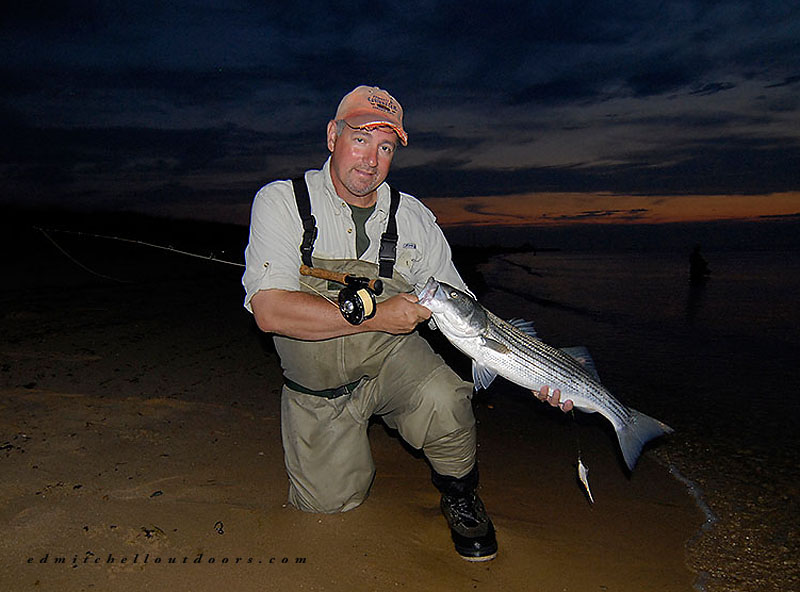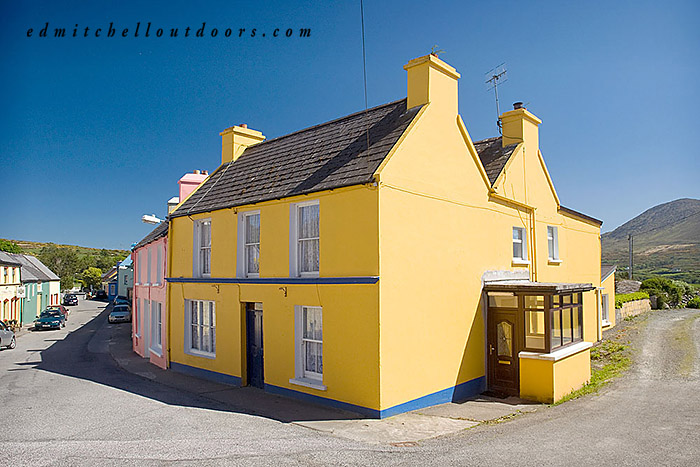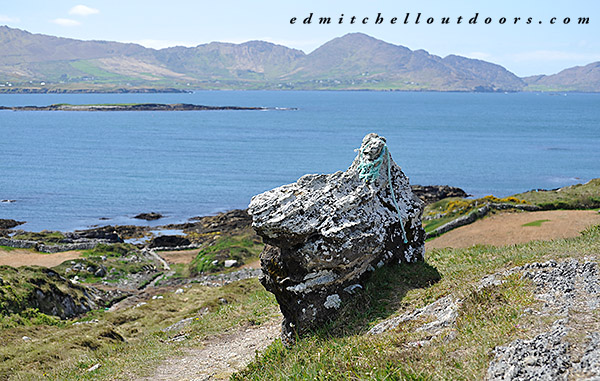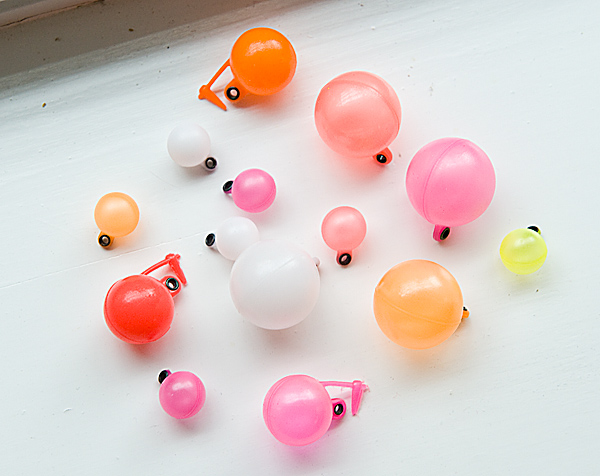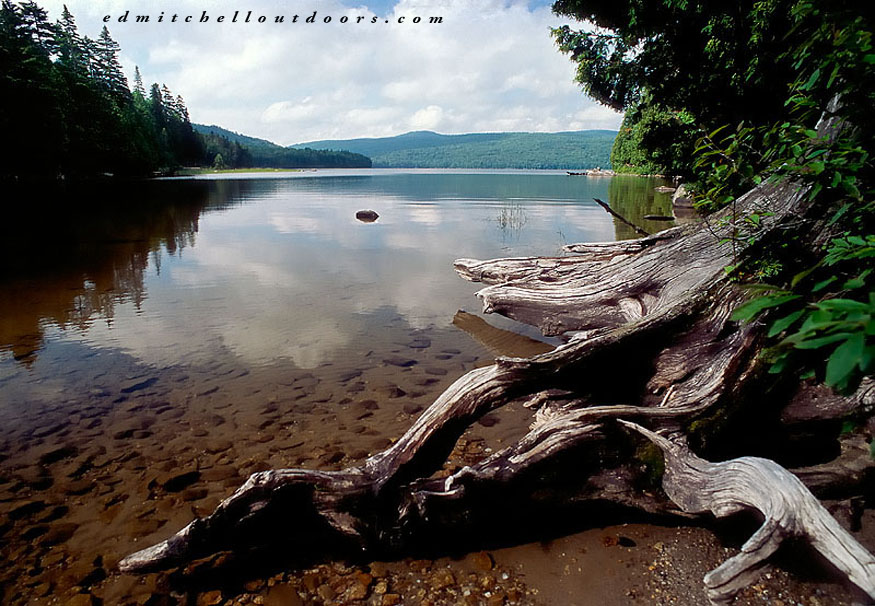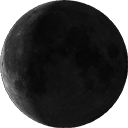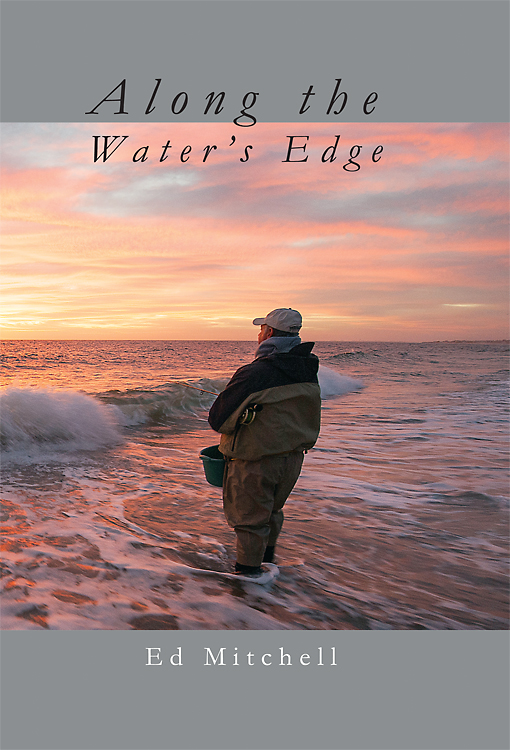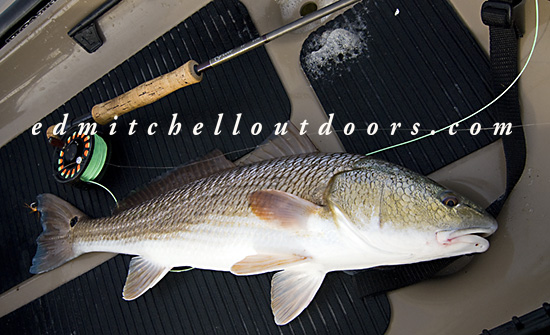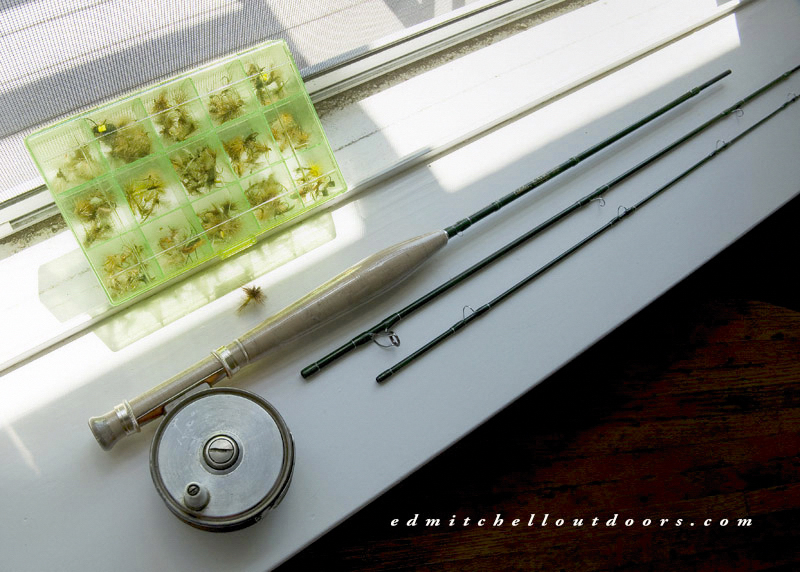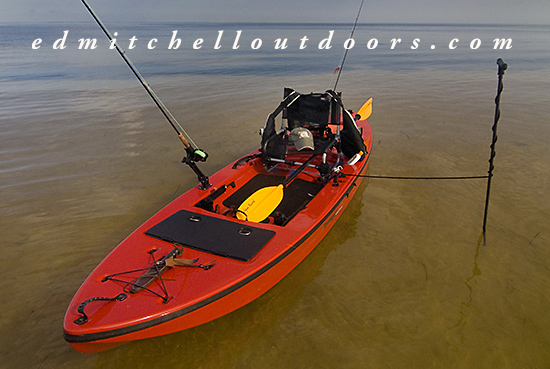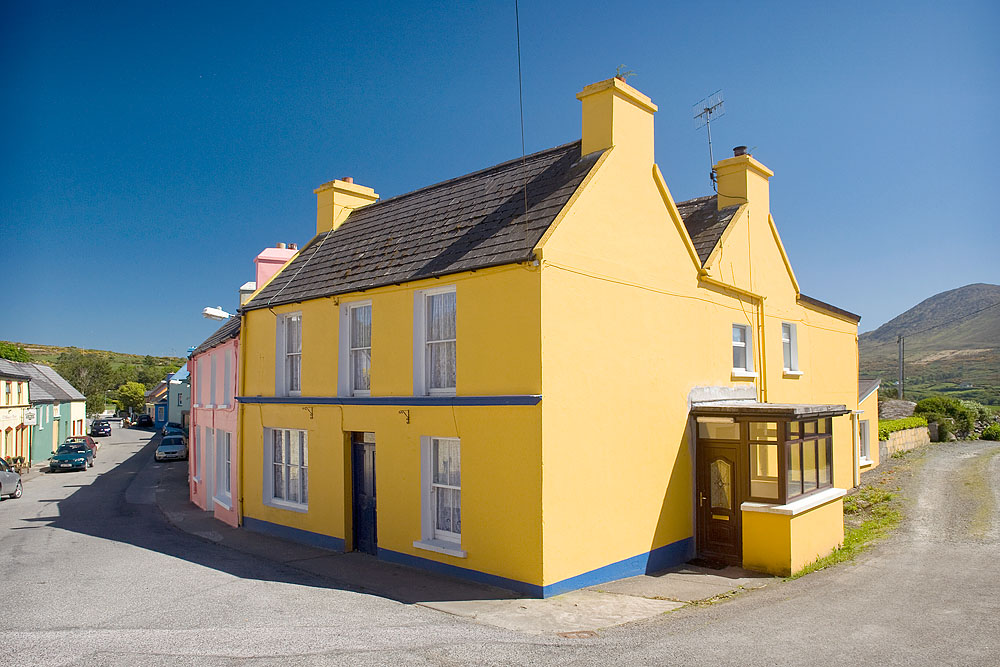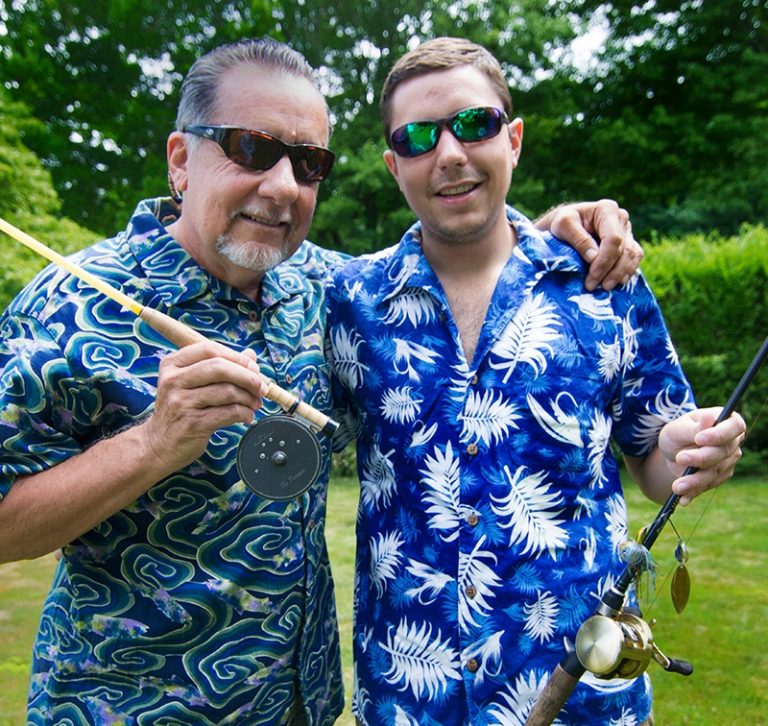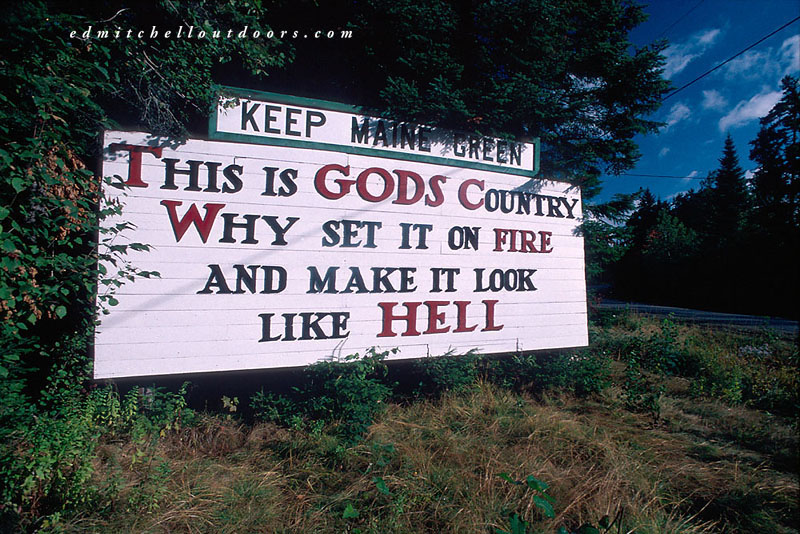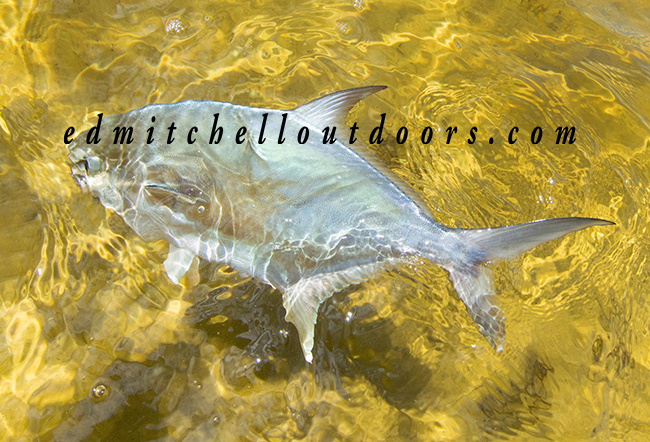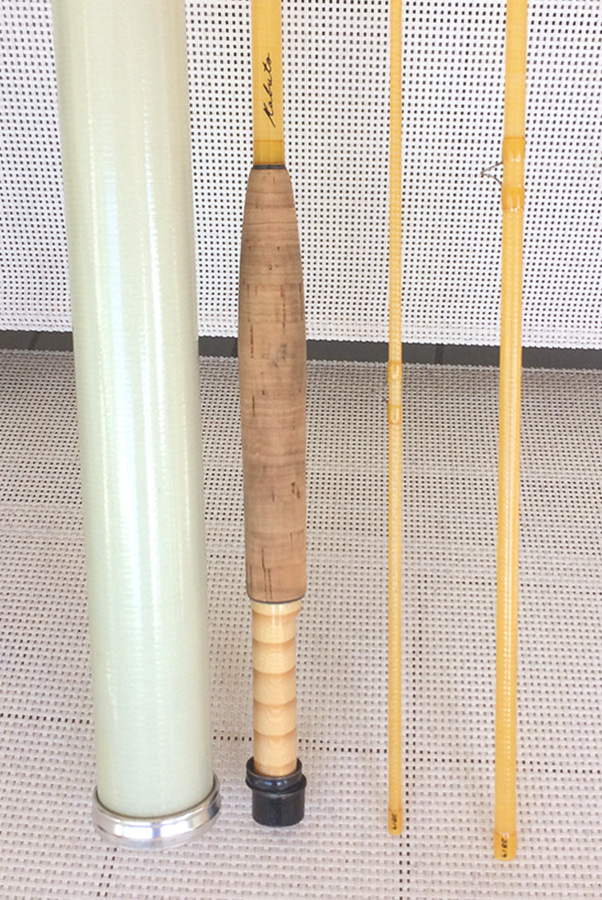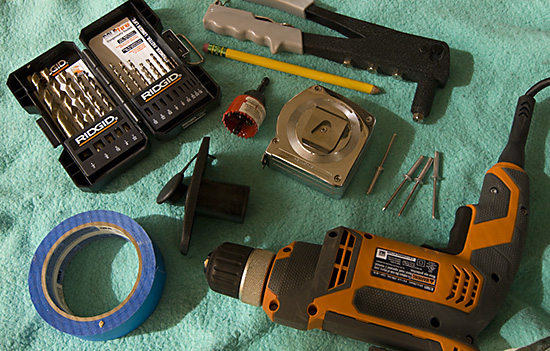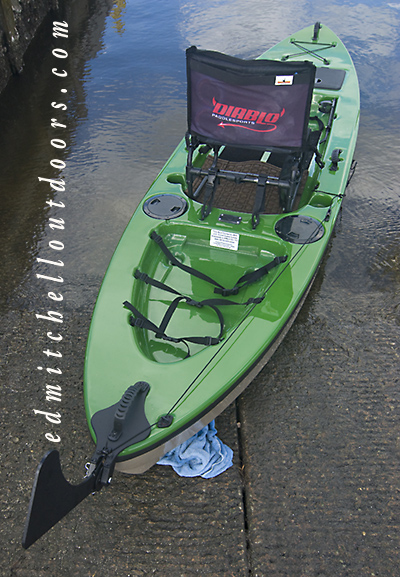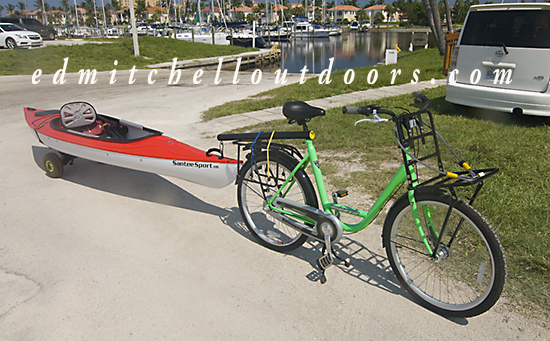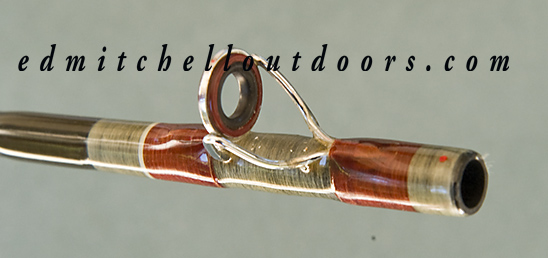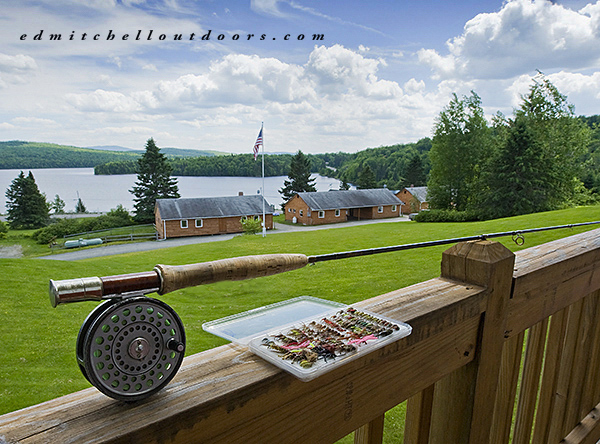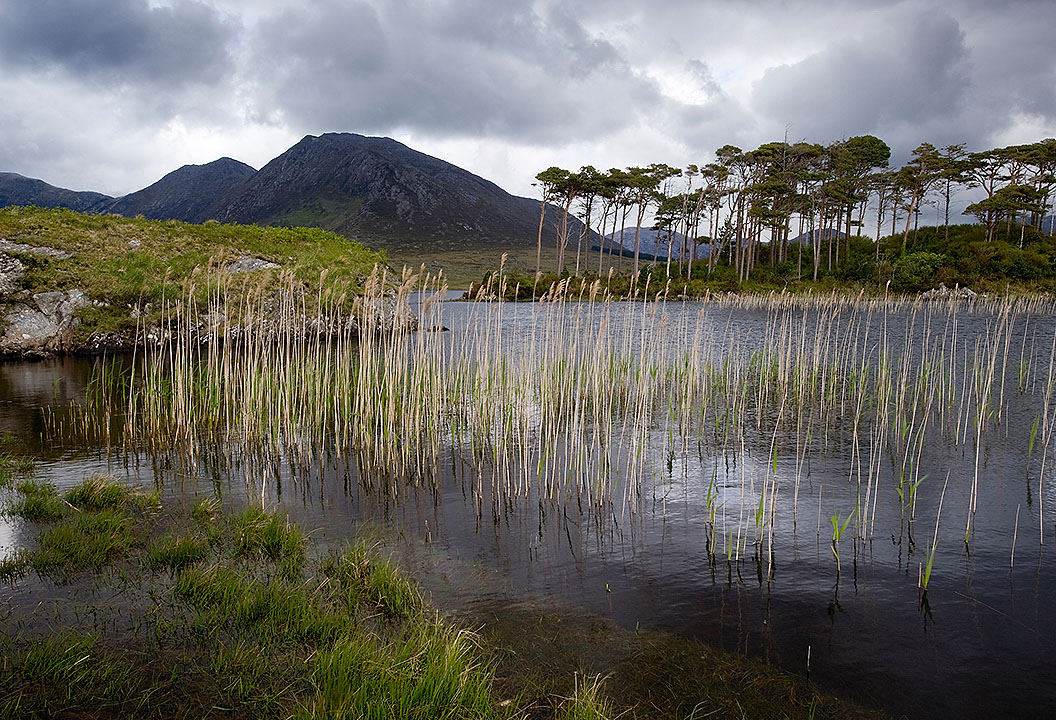Here in New England, June has always been a prime month for catching striped bass. Over the reefs or out on the beach, it doesn’t really matter. The bass are in town. And June is also the finest month for sight-fishing. Shallow water haunts, such as Monomoy on Cape Cod, have plenty of forage. And the water is still cool; by July temperatures will climb.
For sight-fishing, obviously you’ll need the sun overhead, but for everything else low light is king. Night fishing in June is red hot and provides the beach angler with a chance to hook a Kahuna. But if the wee hours are not your bag, focus on the ends of the day. Dusk and dawn are your magic hours. If dawn is your pick, get in position about 2 hours before the scheduled sunrise. Yes, I said two hours prior. Bass bite best in the faint light of false dawn. And once the yellow orb shows its face the bass boogie. Dusk, on the other hand, can offer a longer window. As soon as the shadows start to grow, around 6:30pm on a June afternoon, the stage is set. Things should heat up slowly and then peak between 8-9:30PM. After that the bite typically fades, only to return hot and heavy late in the night.

